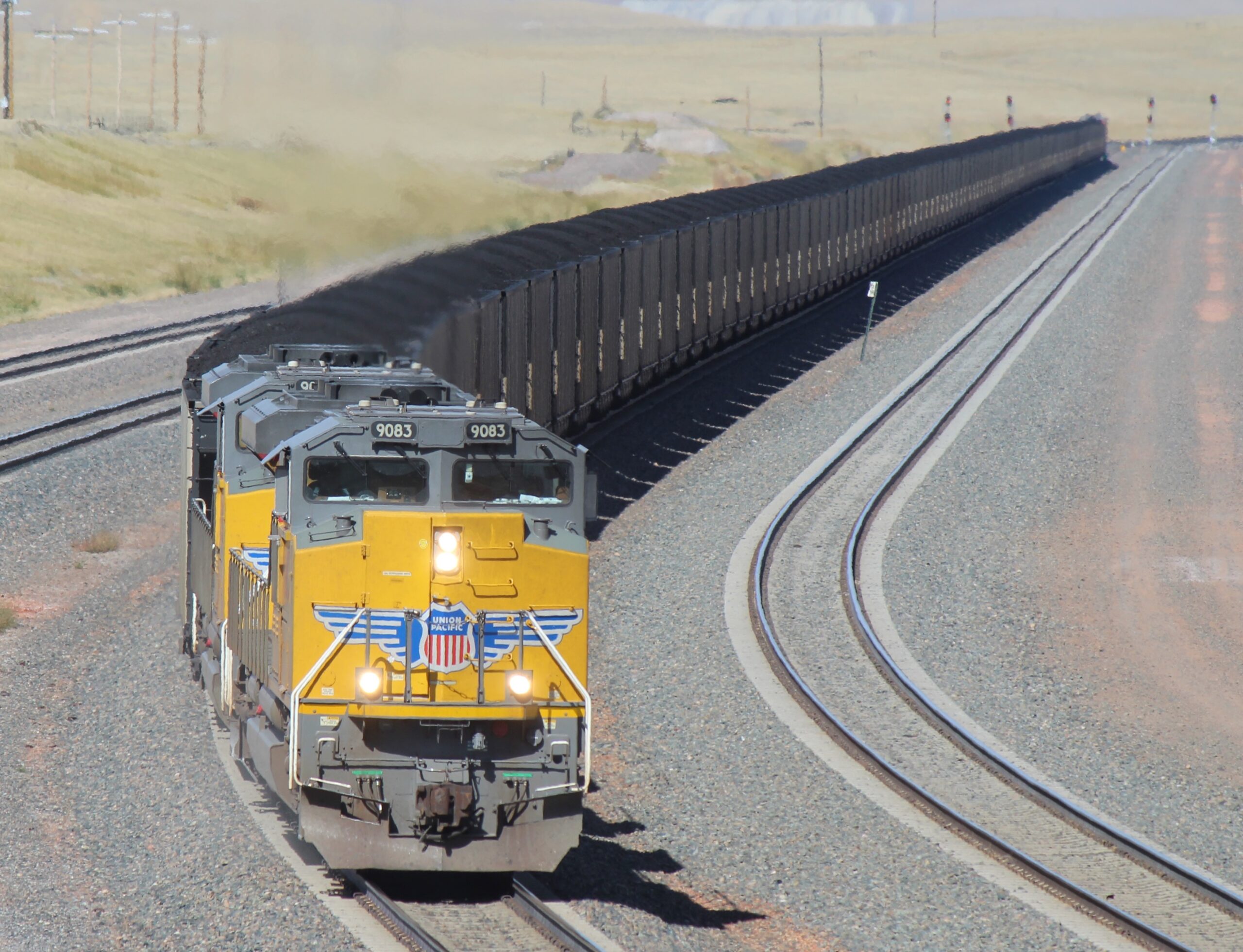Union Pacific details plans to test feasibility of ground-based conductors
By Bill Stephens | December 14, 2022‘Expediters’ would be able to respond to problems faster and more safely than conductors based in locomotive cabs, railroad tells Federal Railroad Administration hearing

WASHINGTON — Union Pacific is ready to launch pilot programs that will test the feasibility of redeploying conductors from locomotive cabs to ground-based positions, the railroad told the Federal Railroad Administration today during a hearing on the agency’s proposed two-person crew rule.
UP believes that ground-based conductors — which the railroad dubs expediters — would be able to more safely and more efficiently play the role conductors do today from the locomotive cab, Rod Doerr, UP’s vice president of crew management services and interline operations, told the FRA.
Positive train control has significantly reduced the conductor’s tasks out on the main line, Doerr says, and an expediter would be better able to handle troubleshooting and fixing mechanical problems en route.
“This job will be much better served by a truck-based approach, responding to planned or unplanned events dispatched from a central location around the railroad network. Union Pacific envisions a role where the expediter receives a call for service from an en route train, drives to that train in a truck, performs the requested service, and drives back to the … base of operations,” Doerr says. “Our data suggests in most cases this will take less time than having the on-board conductor attempt the same tasks.”
The railroad is currently negotiating with labor unions regarding a pilot program that would be run in four phases, starting in Nebraska before being expanded to UP routes in Colorado, the Pacific Northwest, and Kansas.
The tests, all in territory protected by positive train control, will compare the response times of conductors and expediters. Each phase of the pilot program will increase operational complexity, Doerr says.
The first phase will begin on the South Morrill Subdivision, UP’s coal-hauling route across western Nebraska that is paralleled by a state highway. The double-track line carries an average of 26 trains per day, according to a recent regulatory filing regarding the railroad’s Powder River Basin coal volume.
The second phase would run on UP’s single-track Greeley Subdivision, which links Denver and Speer Junction, Wyo. The line handles locals, unit trains, and intermodal trains, some of which have work events en route.
The third phase would involve the Portland, La Grande, Huntington, and Nampa subdivisions between Portland, Ore., and Pocatello, Idaho. The main line features heavy grades, limited road access, and challenging weather, Doerr says. The expediters may use different equipment to access hard to reach locations, he says.
The final phase would cover the Harrington and Topeka subdivisions in Kansas, a route that includes the refueling of intermodal and manifest trains.
The goal of all four phases will be to determine the efficiency, safety, and worker quality of life for conductors and expediters, Doerr says.
UP believes expediters can respond more quickly and more safely to en route mechanical problems, such as a broken knuckle, because conductors won’t have to walk long distances over uneven ground from the cab to the problem freight car, Doerr says.
Expediters will have better tools and equipment in their trucks, which the railroad says is safer than having a conductor climb down from a locomotive while carrying gear and parts.
And with expediters working from set locations on scheduled shifts, they’ll be able to sleep at home and know when their days off will be, which Doerr says will improve their quality of life while enabling UP to more easily recruit and retain workers. The unpredictable and unscheduled nature of conductor positions has made it challenging for railroads to hire new conductors.
Expediters would be assigned territories, and busy main lines would require multiple expediters to be on duty simultaneously in the same territory, Doerr says.
UP showed a seven-minute video illustrating how conductors and expediters would respond to a broken knuckle on a coal train in Nebraska. The expediter was able to make repairs 1 hour and 10 minutes faster than the conductor, largely because he didn’t have to make the 45-minute round trip from the head end to the problem car.
Ultimately, it wouldn’t make sense to use both conductors and expediters in the same territories, Doerr says. But UP wouldn’t be able to shift to ground-based conductors if the FRA implements the proposed two-person crew rule.
Norfolk Southern also is negotiating with labor unions about the use of ground-based conductors.
The railroad aims to improve local service by having ground-based conductors arrive at a customer facility to line switches and perform other tasks before the train arrives, Tom Schnautz, NS’s vice president of advanced train control, said at the hearing.
Union officials told the FRA that having two people in the locomotive cab improves safety.


.png)



No comments:
Post a Comment